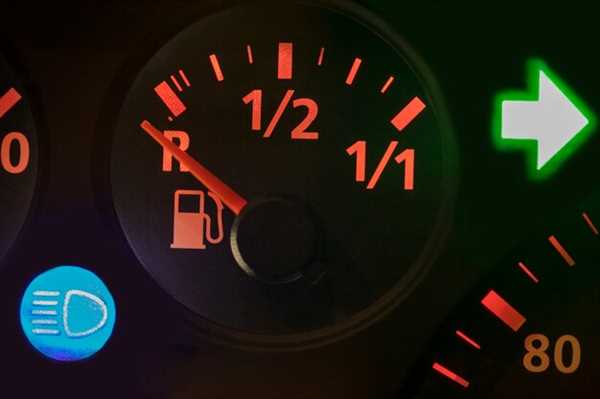
Regular inspections and cleanings can significantly boost the life expectancy of your energy-delivery mechanisms. Check components such as injectors and filters frequently to ensure they are free of debris and buildup.
Using high-quality energy sources tailored to your equipment will prevent clogs and enhance efficiency. Consider alternative blends that may be available in your area, as these can affect both combustion quality and emissions output.
Implement a systematic approach to monitor pressure levels and flow rates. This data helps in identifying any anomalies that could hinder functionality. Additionally, replace aging parts before they lead to more severe issues.
Keeping records of maintenance activities is incredibly beneficial. Documenting interventions allows for trend analyses and aids in anticipating future needs, ensuring that management decisions are informed by historical performance data.
Regular Inspection of Fuel Filters and Pumps
Inspect filters and pumps every 5,000 miles or every six months, whichever comes first. Check for signs of wear, corrosion, or blockages that can hinder operation.
Replace filters based on manufacturer recommendations, typically every 10,000 to 15,000 miles. Clogged filters can lead to pump strain and reduced flow. Regularly monitoring pump performance is crucial–listen for unusual sounds or fluctuations in pressure.
Use appropriate cleaning techniques to remove contaminants. Consider professional servicing for pumps that show signs of reduced efficiency. Keeping a detailed log of inspections can help track patterns and anticipate replacements or repairs.
Verify that all connections are secure and free from leaks. Inspect hoses for cracks or deterioration. Proper seals ensure that systems operate smoothly and minimize the risk of malfunction.
Incorporate these checks into routine evaluations to ensure long-lasting operation and reliability. Consistent oversight will preserve the integrity of the setup and prevent costly downtime.
Adjusting Fuel Mixture for Engine Requirements

Adjust the air-to-fuel ratio to align with engine specifications, typically ranging from 12.5:1 to 14.7:1 for optimal combustion. Verify the mixture with an exhaust gas analyzer or O2 sensor readings to ensure proper tuning.
Monitor and modify injector pulse width as needed. Shorten the pulse for a leaner mixture or extend it for a richer setup, keeping in mind the engine’s load and speed conditions.
Regularly check for any leaks in the intake system that could affect the air-fuel balance. Ensure that all sensors are functioning accurately, as even minor discrepancies can flow into incorrect adjustments.
Consider using high-quality fuels to maintain consistent performance. Different formulations can affect combustion efficiency; therefore, select appropriate fuel for the intended use case.
In turbocharged setups, increase the mixture ratio under boost to prevent knocking and support high-load scenarios. Adjust to a leaner mixture during cruising to enhance fuel economy.
Log performance across various conditions. Analyze data to refine adjustments. Identify any patterns in consumption or performance loss that might indicate the need for additional tuning.
Cleaning Fuel Lines to Prevent Clogs and Contamination

Regularly inspect and clean all lines to avoid build-up and impurities that can hinder flow. Use a combination of compressed air and appropriate cleaning solvents to remove deposits effectively.
Disconnect the lines carefully, ensuring proper containment of fuel. Rinse them with a clean solvent that is compatible with the materials of the lines. Ensure all fittings and connectors are free from residues as well.
After cleaning, inspect for cracks or wear, replacing any compromised sections to enhance reliability. Reconnect the lines securely, making sure to check for leaks post-maintenance.
Utilize a fuel filter before the lines to prevent contaminants from entering, ensuring longevity and reducing cleaning frequency. Implement regular maintenance schedules tailored to your specific vehicle or equipment needs.


